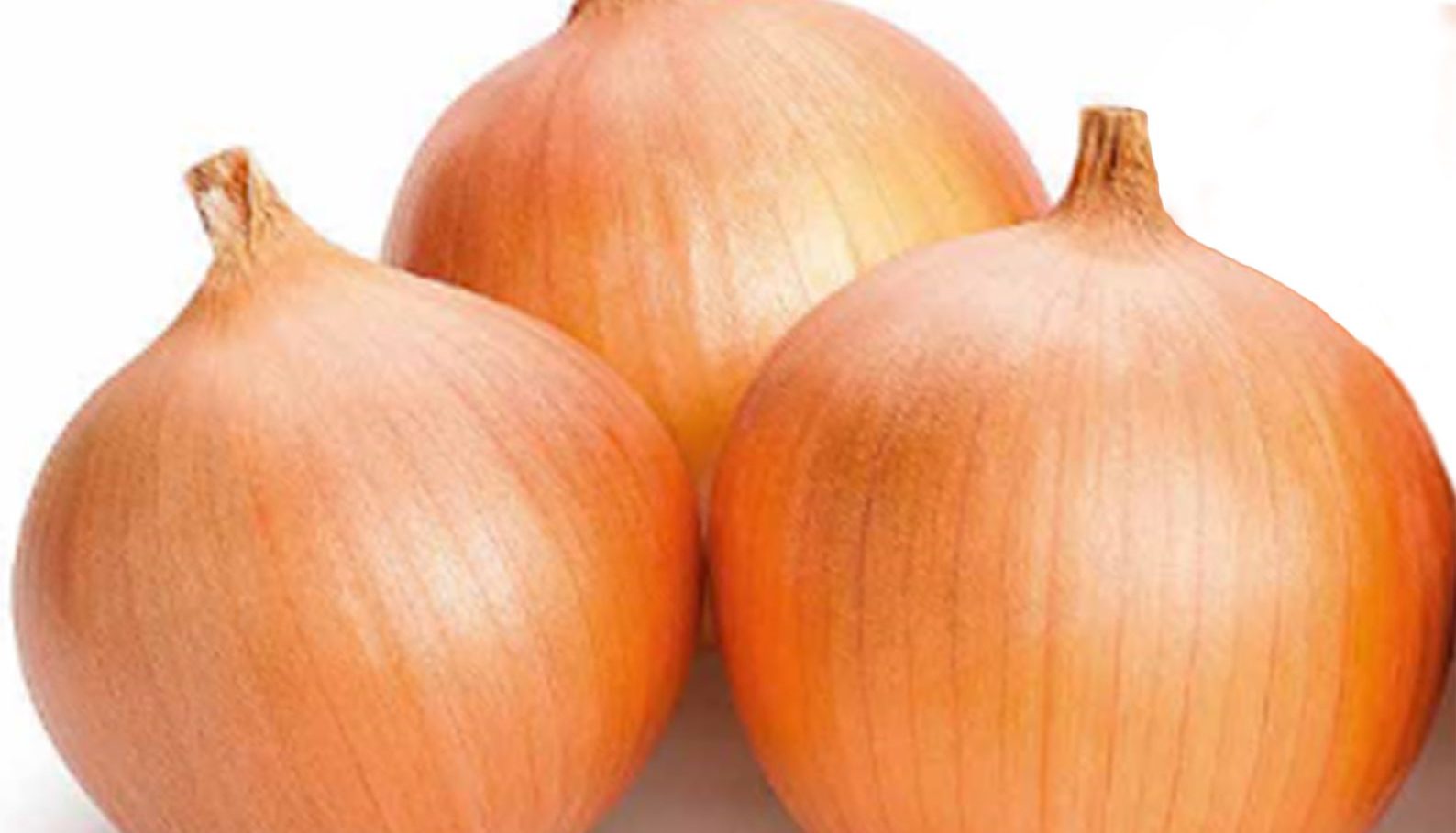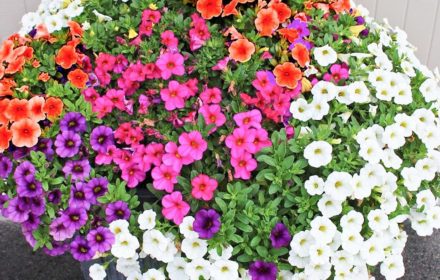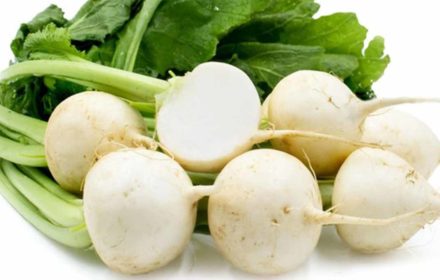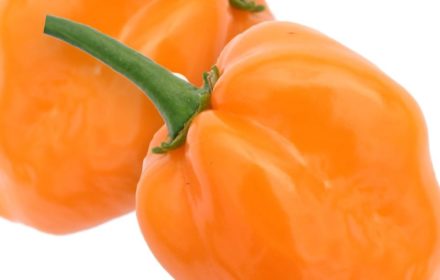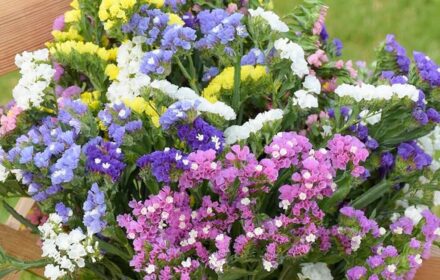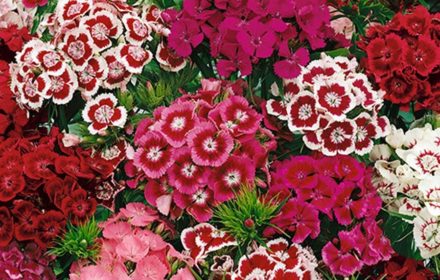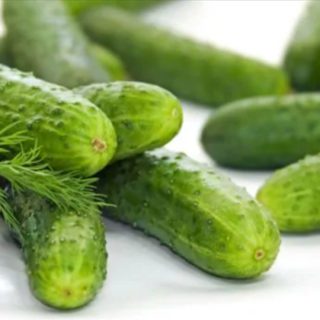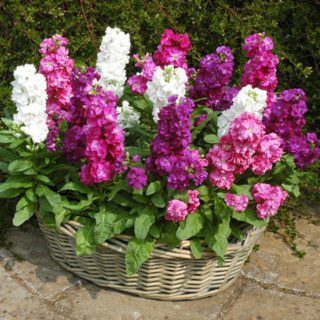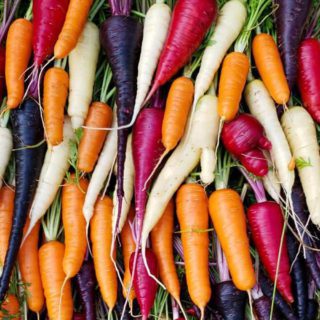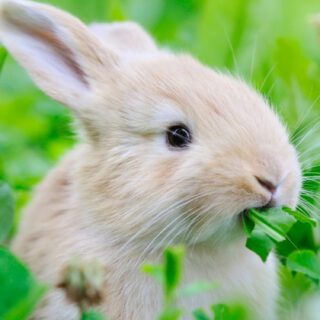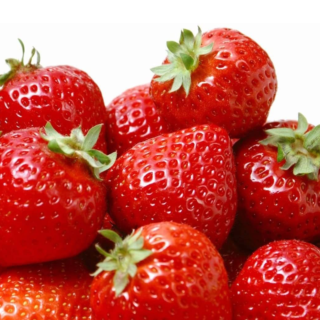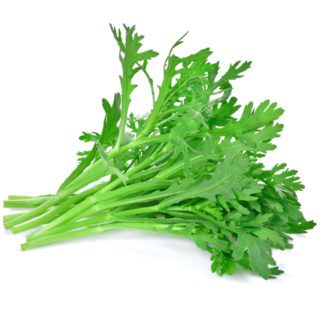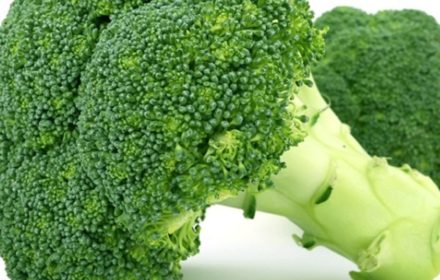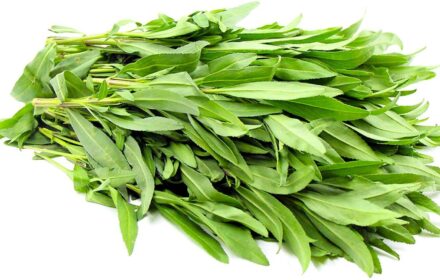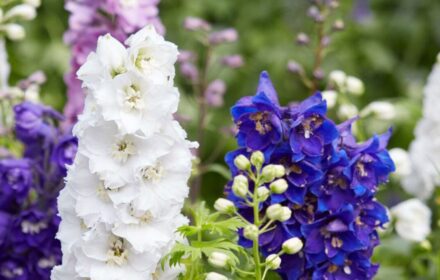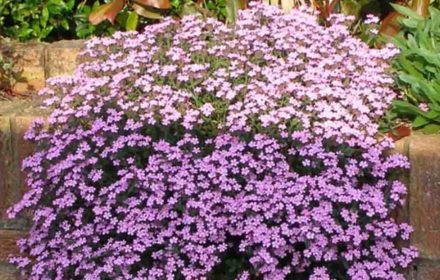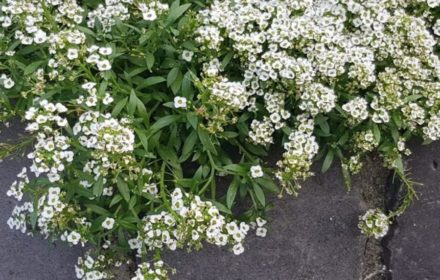How to Sow Dutch Brown Onion Seeds in the UK
Dutch brown onions, also known as Rijnsburger onions, are a popular variety prized for their large size, sweet white flesh, and crispy brown skin. These versatile onions are ideal for a variety of dishes, from fresh salads to hearty burgers. Known for their excellent storage capabilities, Dutch brown onions are a reliable choice for UK gardeners, thriving in greenhouses, gardens, and allotments.
When to Sow Dutch Brown Onion Seeds
- Indoor Sowing: Sow seeds indoors year-round if temperatures are maintained at 15°C or higher.
- Outdoor Sowing: Sow seeds outdoors from February to late April, once the soil is workable and frost-free.
Step-by-Step Guide to Sowing Dutch Brown Onion Seeds Indoors
- Prepare Containers: Use seed trays or small pots filled with high-quality seed compost.
- Sowing the Seeds: Spread seeds sparingly over the compost surface and cover lightly with a thin layer of vermiculite or compost. Avoid burying the seeds too deeply.
- Germination Conditions: Place trays in a warm, well-lit area or a greenhouse, maintaining a temperature of at least 15°C (59°F). Germination typically occurs within 10-14 days.
- Watering: Keep the compost evenly moist but not waterlogged during the germination period.
- Hardening Off: Once seedlings are well-established, transfer them to a cold frame for 2-3 weeks to acclimatise them to outdoor conditions before planting them outside.
Step-by-Step Guide to Sowing Dutch Brown Onion Seeds Outdoors
- Soil Preparation: Choose a sunny, well-drained spot in your garden. Loosen the soil and remove any clumps or weeds. Enrich with well-rotted compost or manure to improve fertility.
- Sowing the Seeds: Create shallow drills (rows) about 1/2 inch (1.2 cm) deep and sow seeds thinly along the rows. Cover lightly with soil.
- Spacing: Space rows about 30 cm (12 inches) apart to allow room for the onions to develop.
- Watering: Lightly water the drills after sowing and keep the soil moist but not overly wet during germination.
Caring for Dutch Brown Onion Plants
- Watering: Water regularly, especially during dry spells, but avoid waterlogging as onions prefer well-drained soil.
- Weeding: Keep the area weed-free to reduce competition for nutrients and sunlight. Hand-weeding is recommended to avoid disturbing the shallow roots.
- Fertilising: Apply a balanced fertiliser once every 4-6 weeks during the growing season to encourage healthy growth.
- Thinning: Thin seedlings to a spacing of 15 cm (6 inches) once they are large enough to handle. Proper spacing ensures each plant has enough room to grow.
Harvesting Dutch Brown Onions
- When to Harvest: Onions are ready to harvest approximately 90-120 days after sowing, when the tops begin to yellow and naturally fall over.
- How to Harvest: Gently lift the onions from the soil using a fork or hand trowel. Allow them to dry on the soil surface for a few hours if the weather is dry.
- Curing and Storage: Cure onions by placing them in a warm, dry, and well-ventilated area for 2-3 weeks. Once fully dried, store them in a cool, dark, and dry place. Properly cured onions can last for several months.
Common Questions About Growing Dutch Brown Onions in the UK
- Can Dutch brown onions grow in containers? Yes, they can grow well in containers as long as the pots are at least 20 cm (8 inches) deep and have good drainage.
- How do I prevent onions from bolting? Bolting can occur due to temperature fluctuations. To prevent this, sow seeds at the appropriate time and ensure consistent watering.
- Do Dutch brown onions need full sun? Yes, onions grow best in full sun. They require at least 6 hours of direct sunlight daily for optimal growth.
- Can I plant onions in clay soil? Onions prefer well-drained soil. If you have clay soil, work in organic matter like compost to improve drainage before planting.
Dutch brown onions are an excellent addition to any UK garden or allotment. With their long shelf life, sweet flavour, and ease of growth, they are a rewarding crop for beginners and experienced gardeners alike. Follow these steps for a bountiful harvest of delicious, homegrown onions!

